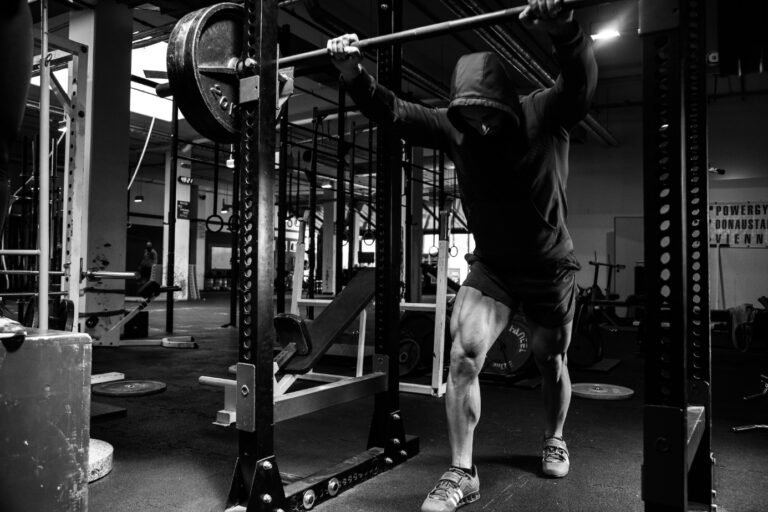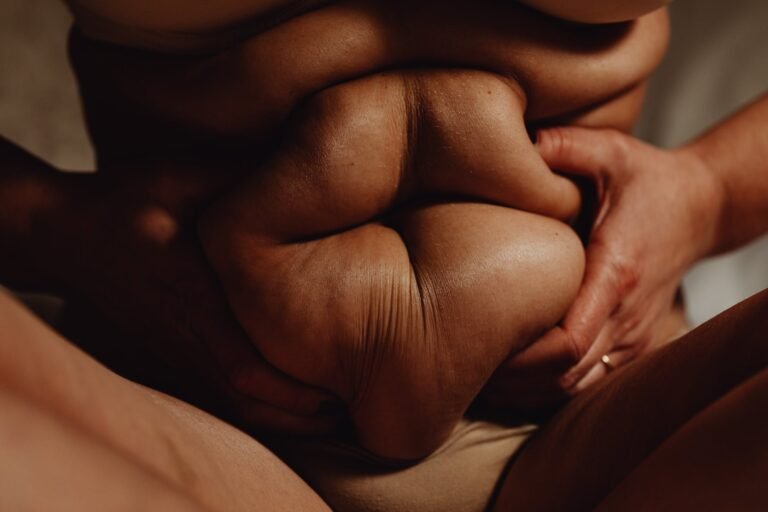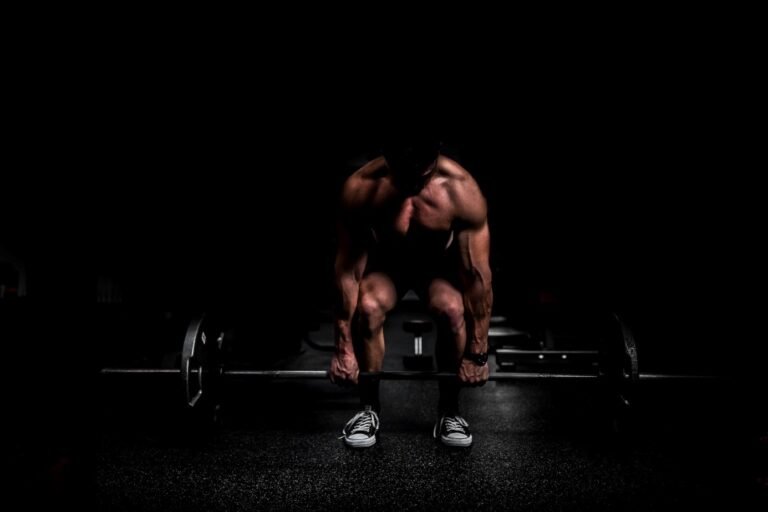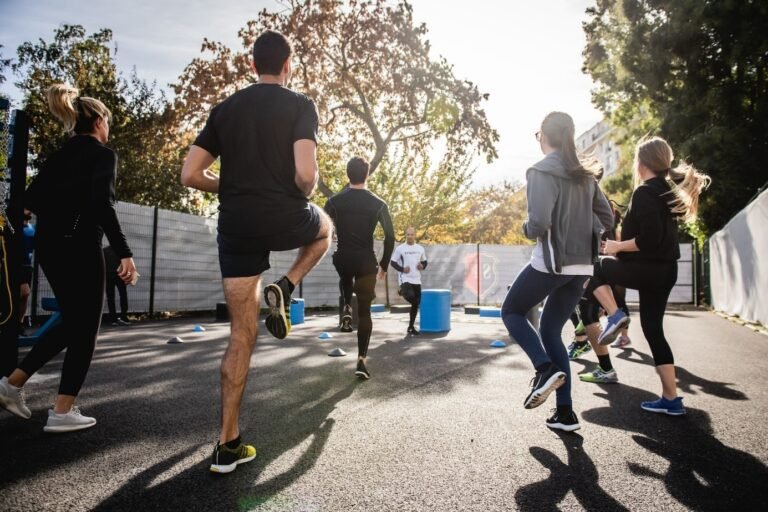The importance of stretching
Stretching (or stretching) is a practice that appeared in the 80s that derives from physiotherapy techniques. This discipline aims to distance the insertion points of a muscle in order to increase its elongation.
Stretching can be practiced by everyone, athletic or not, however the practice must be adapted to each person according to their activity, their age and the desired objective.
What are the different types of stretching?
There are different methods of stretching: passive, static, isometric, ballistic stretching and proprioceptive neuromuscular facilitation (PNF).
The most commonly used are:
Static stretches
Static stretching is widely used in the population. It is an exercise without voluntary contraction of the muscle.
The goal is to maintain a muscle lengthening position for a time (about 30 sec) and wait for relaxation.
Passive stretching
Passive stretching is part of the stretching techniques where the forces applied come from an external presence (a partner, a therapist or a machine).
The interest of this kind of stretching is to be able to move the joints at different angles and to better manage the stretching.
Active-passive or PN stretching
This method is based on the principle of neuro-muscular facilitation or PNF and involves the post-isometric inhibition reflex, i.e. a muscle can be stretched better if it has been previously contracted.
The objective is to bring the joint to its maximum amplitude then to request a contraction of the muscle in the lengthening position (for 8 to 20 seconds) followed by a relaxation phase.
What are the benefits of stretching?
The benefits of stretching are numerous, among them, we find the following benefits:
Increase joint mobility
Many studies promote various stretching techniques to improve joint and muscle mobility and flexibility.
Whatever the technique used, there is an improvement in the mobility of the trunk, knee, hips, ankle and shoulders. This improvement is temporary, except in the case of regular practice of stretching exercises.
PNF techniques are the most effective for gaining range of motion. Stretches of fifteen or thirty seconds in passive technique are more effective than shorter stretches and as effective as stretches of longer duration.


Promote vascular exchanges
Various studies carried out show that the type of stretching performed will define the action on the vascular system. Static stretching compresses the capillaries; they therefore interrupt the vascularization which has the effect of reducing the blood supply, only dynamic stretching can improve or maintain the blood vascularization.
Indeed, the alternation of contraction and stretching of the muscle allows a pumping which makes it possible to promote the evacuation of toxins by the venous network and the supply of oxygen and nutrients by the arterial network. This technique therefore allows a better recovery and therefore a better preparation for the next sports session (read our article on the preparation for the return to sport).
Better recovery in case of injury
During a muscle or tendon injury, three phases follow one another to allow it to be repaired, during the remodeling phase, the scar tissue is gradually transformed into muscle tissue, the practice of painless stretching, associated with eccentric work exercises allow a better reorganization of the fibers to get closer and closer to the morphology and the initial muscular mechanical properties.
What are the disadvantages of stretching?
Stretching is a structured discipline, when stretching is badly practiced, then the effects can be opposite to those sought, many elements can be harmful:
Too much muscle elongation
This can lead to micro-lesions in the muscle fibers, the tendon or their junction and cause stress on the muscle – tendon – bone chain.
Muscle lengthening too quickly
This can lead to reflex muscle contractures: a suddenly stretched muscle reacts by contracting. This is the “myotatic reflex”. Thus, it avoids tearing and preserves the joint it mobilizes from a false movement.
Too long muscle elongation
This will lead to an inhibition of the myotatic reflex which is a natural and protective reaction allowing to avoid tearing.


A bad choice of type of stretching depending on the desired effect
Each type of stretching will have different effects, and will therefore be recommended either for warming up, for recovery, or for increasing joint mobility. For example, stretching will decrease the contractile force of the stretched muscle group, in sports requiring significant strength such as athletics, these exercises are not recommended as a warm-up. They will be the opposite for sports requiring a wide range of motion such as dance, gymnastics.
In conclusion, stretching has benefits and harms, it is therefore necessary to know the indications and contraindications of this practice so that its effectiveness is optimal and that it does not cause side effects. It is therefore strongly recommended to be initiated by a professional (physiotherapist, osteopath, physiotherapist) before starting the practice of stretching.







